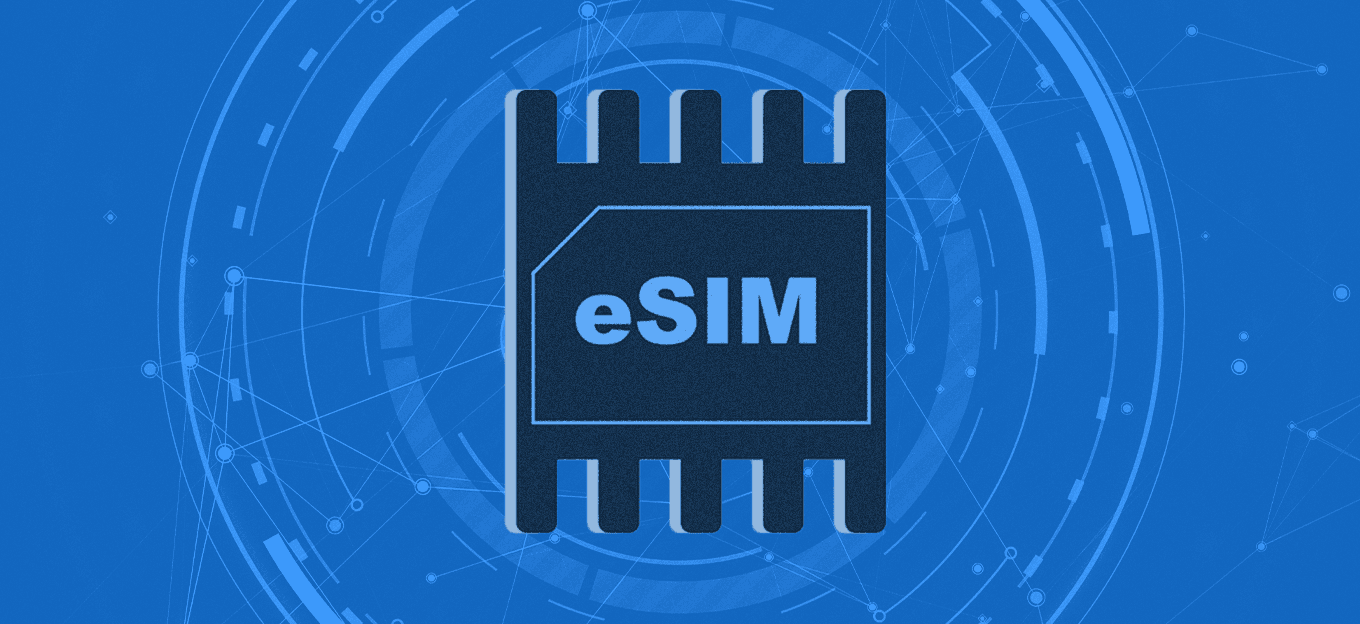eSIM vs. iSIM: What’s the Difference?
eSIM vs. iSIM: What’s the Difference?
- Last Updated: December 2, 2024
KORE
- Last Updated: December 2, 2024



The concept of SIM (Subscriber Identity Module) cards has been around since 1991. Since then, SIM cards have been upgraded and modernized to fit the needs of today’s technology. As adaptations are made to our devices, the necessary technology is required to maintain seamless connectivity.
eSIM vs. iSIM
The eSIM (embedded SIM) was introduced to the market in the 2010s more notably established in 2017 when Apple launched eSIM with the Apple Watch Series 3, the first LTE-capable Apple Watch. Over the coming years, a substantial shift occurred toward eSIM adoption with GSMA Intelligence predicting 850 million eSIM smartphone connections globally by 2025 and growing to 6.7 billion by 2030.
However, there are a few types of SIM card solutions on the market, such as the iSIM, and it’s important to know the difference. So, what’s the difference between eSIM and iSIM?
What is eSIM?
A SIM card is a physical, removable chip that is used to connect a device to a mobile network. It’s what pairs that device to the specific carrier. eSIM leverages the SIM card into a universally compatible card that can connect to any cellular carrier or technology.
"A SIM card is a physical, removable chip that is used to connect a device to a mobile network."
-KORE Wireless
Typically, SIM cards cannot be replaced remotely, and a physical switch is required to change network carriers. The device would need a different SIM card for each carrier it connects to – the carrier profile is unique to each SIM. With eSIM, you have a carrier-agnostic approach because profiles are downloadable, meaning when you switch from one carrier to another, it occurs digitally, instead of physically as is the case with traditional SIMs.
What is iSIM?
An iSIM (integrated SIM) is a small chip that can be embedded in a device to store the user's SIM card data. The user's SIM card is not required to be inserted into the device, but rather it transmits data via iSIM. Similar to eSIMs, iSIMs replace the need for a physical SIM card. iSIMs have been available since 2016 and have remained uncommon in the market; although, the iSIM is positioned to be the next step in the evolution of SIM cards.
Benefits of eSIM
iSIM offers great connectivity for specific solutions. However, it is not projected to take over the eSIM market. Some of the main benefits of iSIM can be seen in more consumer-facing products, such as small wearable devices.
Because eSIM technology can support multiple carrier profiles, the result is future-proofed and reliable. The impact of eSIM on IoT is comprehensive and the benefits can look like this:
- Future-proof connectivity
- No more swapping costs
- Simplified logistics
- Maximizing ROI
- Global coverage
The Most Comprehensive IoT Newsletter for Enterprises
Showcasing the highest-quality content, resources, news, and insights from the world of the Internet of Things. Subscribe to remain informed and up-to-date.
New Podcast Episode

Moving Past the Pilot Phase in IoT and AI
Related Articles


